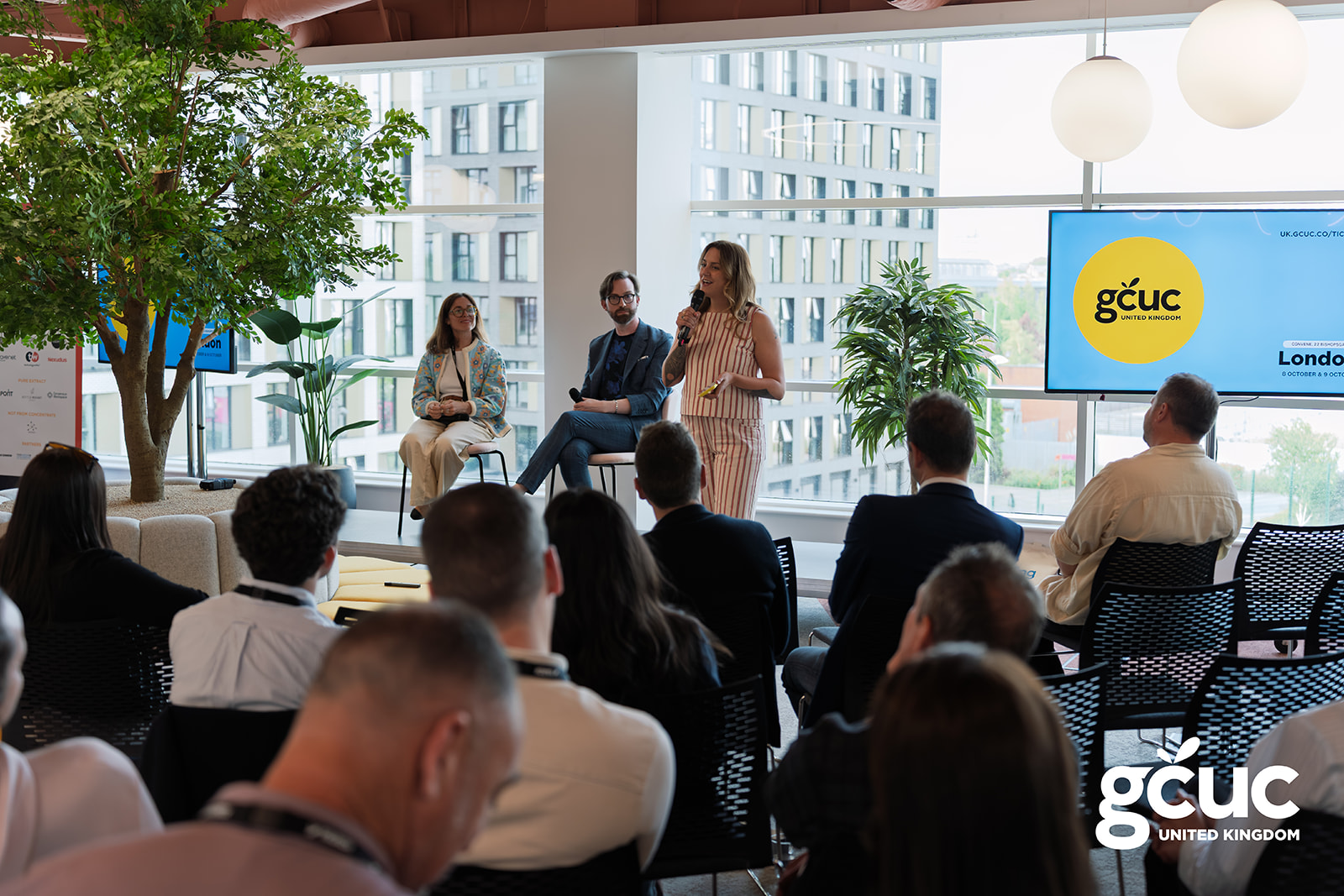
Insights from GCUC UK’s fireside chat with Pauline Roussel (Coworkies) and Jonathan O’Byrne (Collective Works)
If you’ve been in coworking for more than five minutes, you’ve probably heard the word “community” thrown around so much it’s practically lost all meaning. It’s become the industry’s equivalent of saying “synergy” in a corporate meeting, everyone nods knowingly, but what does it actually mean?
Two coworking veterans with over 20 years of combined experience sat down at GCUC UK to answer exactly that question. Pauline Roussel, co-founder of Coworkies and globe-trotting author of “Around the World in 250 Coworking Spaces,” joined Jonathan O’Byrne, the entrepreneur behind Collective Works and author of “After Coworking,” for a conversation that was refreshingly honest about what community building really looks like in practice.
It’s Not Just About Who Shows Up
The chat kicked off with a question that sounds simple but cuts right to the heart of things: What’s the difference between community and belonging?
Pauline put it perfectly: “Community is who’s in the room, but belonging is how you feel when you enter it.” It’s the difference between having a bunch of people working in the same space and creating an environment where people genuinely want to be there.
Jonathan added that real belonging happens when people understand what a space is about before they even walk through the door, and they choose to be part of it because it resonates with them. It’s intentional, not accidental.
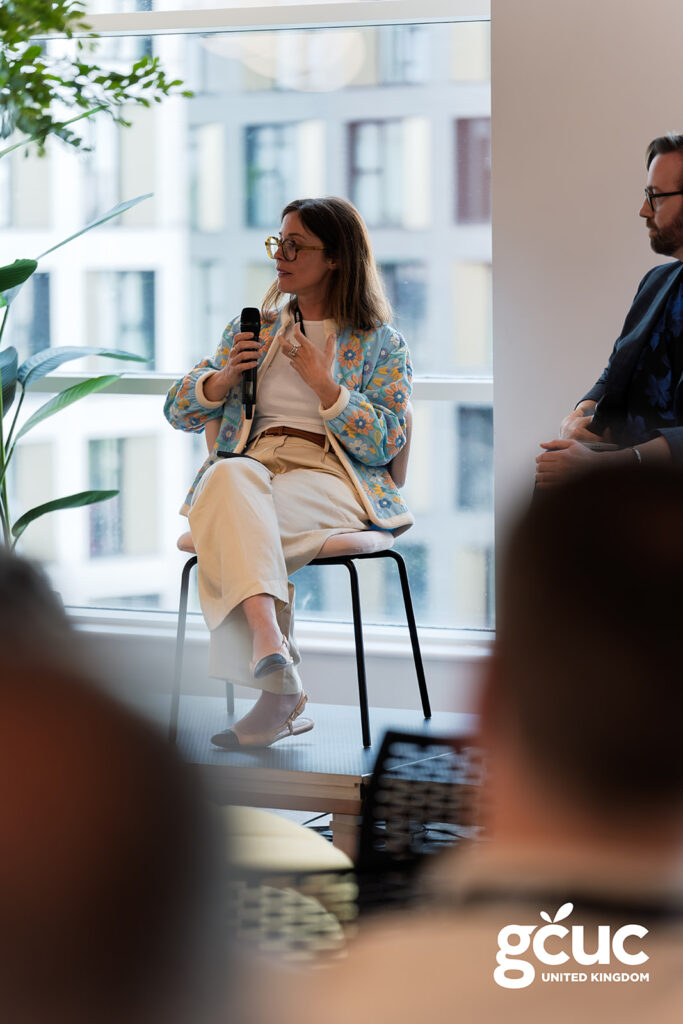
The Suit-to-Sneakers Story
Pauline shared one of those stories that perfectly captures this transformation. A corporate innovation team showed up to her Berlin space on day one in full suits and ties, looking completely out of place among the startup crowd in t-shirts and sneakers. They were mortified, asking if there was a dress code they’d missed.
“There’s no dress code,” Pauline told them. “Come as you are.”
The next day? They showed up in casual clothes and immediately joined a ping pong game. That moment when they realized they could just be themselves? That’s when community clicked for them.
The Numbers Don’t Lie (And They’re Pretty Impressive)
Now, before you roll your eyes thinking this is all touchy-feely stuff, let’s talk numbers. Jonathan’s Singapore space, Collective Works, stumbled onto something fascinating. He originally planned to mix creative entrepreneurs with corporate types, but discovered 80% of his members were actually expatriates starting fresh in Singapore.
Here’s where it gets interesting: sending an expat overseas typically costs companies $500,000-600,000 per person, but 60% of these assignments fail. One of the biggest reasons? Partners not settling in and finding community.
Jonathan’s space achieved a 99% success rate over five years. That’s not just feel-good metrics—that’s serious business impact that justified premium pricing and created genuine competitive advantage.
The Ping Pong Trophy That Changed Everything
Sometimes the smallest things make the biggest difference. Pauline’s team tried organizing cookie classes (nobody came) and pizza nights (still nobody). Feeling defeated, they asked their members what they actually wanted.
The answer? A ping pong tournament.
So they created one, complete with a handmade wooden trophy that Pauline admits was “really awful, but really nice.” The competitive startup crowd loved it. One member from Estonia dominated for three months, and when he had to return home, he asked when the next tournament was—then booked his flights around it for the next three months just to defend his title.
“He was putting all his meetings around the ping pong night,” Pauline laughed. “Don’t change it, he told us. I took my flights around this.”
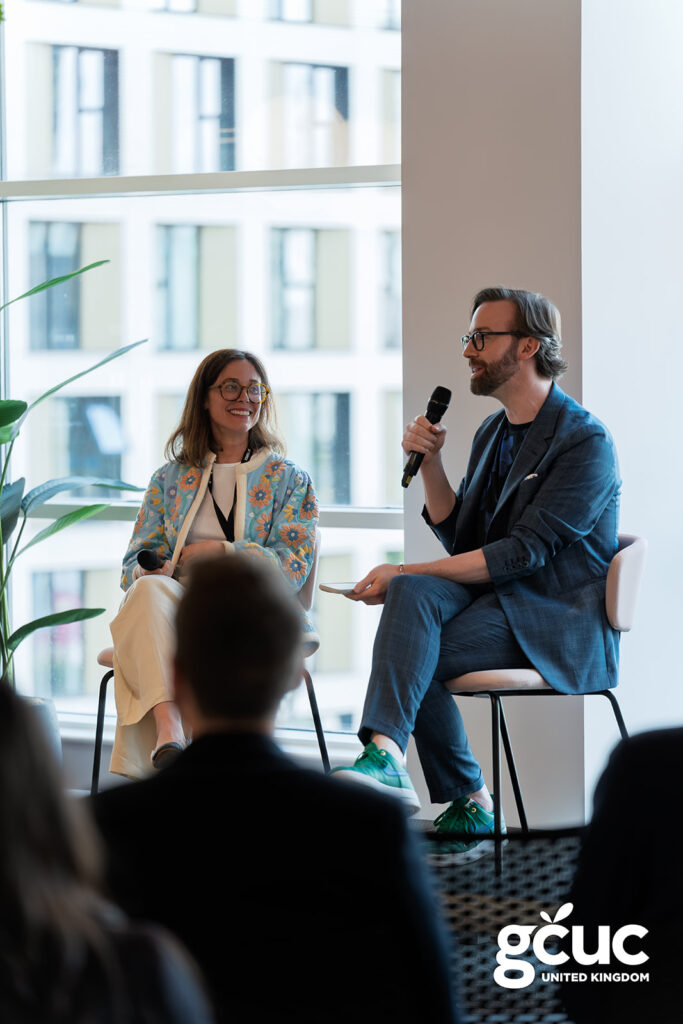
The 10-Person Rule
Here’s a metric both speakers discovered independently: if your members can name at least 10 other people in the space by first name and know what they do, you’ve got a sticky community. Both Pauline in Berlin and Jonathan in Singapore landed on this same number through experience.
Why does it matter? Because people who know each other are more considerate (less mess in the kitchen), more likely to refer others, and way less likely to leave. Jonathan’s average member tenure was two and a half years—impressive in an industry where churn can be brutal.
When Bigger Isn’t Always Better
Jonathan learned this lesson the hard way when he scaled from an intimate 2,500 square foot space to a massive 23,000 square foot center. Suddenly, theft from the honesty fridges increased, and that lovely community accountability disappeared.
“I was like, did we fail with onboarding? What is it?” he recalled. The answer was simple: in larger spaces, people don’t know each other, so there’s less social accountability. It took nine months of intentional work to rebuild that community feeling.
One particularly memorable incident involved a member systematically stealing fancy tea bags, then having the audacity to complain when they ran out of stock. The lesson? Community doesn’t automatically scale—it needs intentional nurturing.
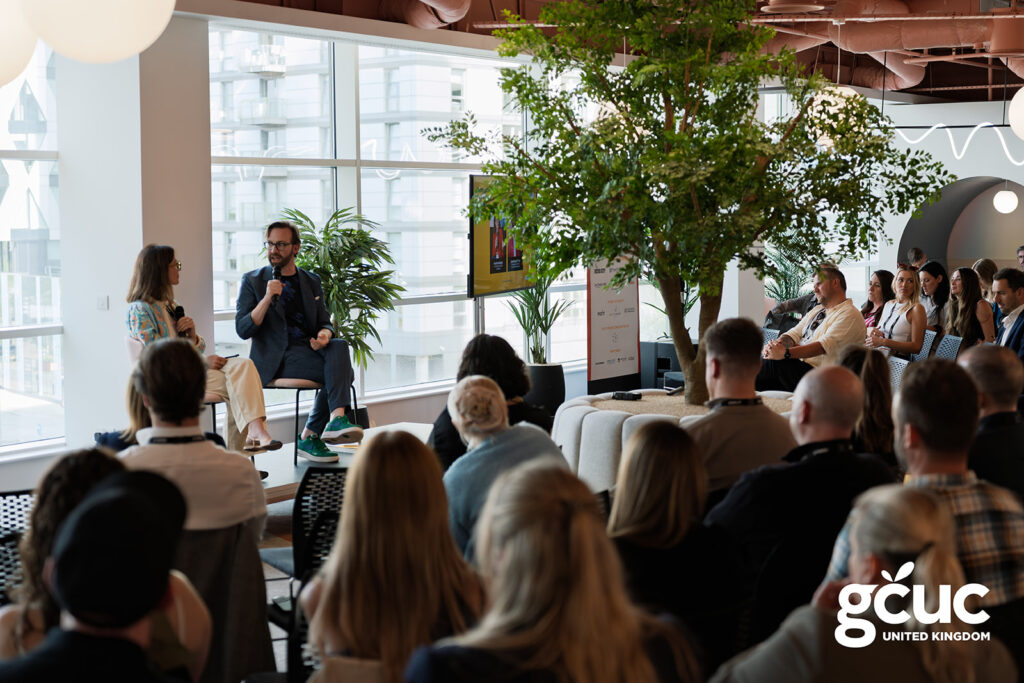
The Person Behind the Magic
Here’s something that might keep you up at night: when great community managers leave, members often follow them. Both speakers had seen this firsthand—entire member bases migrating to wherever their beloved community manager went next.
Even massive operators like IWG see measurable performance drops lasting 3-5 months when high-performing center managers leave. These people aren’t just employees; they’re the human heart of your community.
Simple Tactics That Actually Work
Want some refreshingly practical advice? Here’s what actually moves the needle:
Bathroom marketing works: Seriously. Put event announcements in the toilets. People have nothing else to read, and they can’t claim they didn’t see it.
Physical beats digital: A simple black stand with an A4 sign at the entrance outperforms email, Slack, and social media for event promotion.
Make networking less scary: Pauline’s Friday breakfasts had one rule—everyone gets 45 seconds to say who they are and what they need help with. Instant connection opportunities.
Let members teach members: Jonathan used community members to run lunch-and-learn sessions, reducing team workload while strengthening relationships.
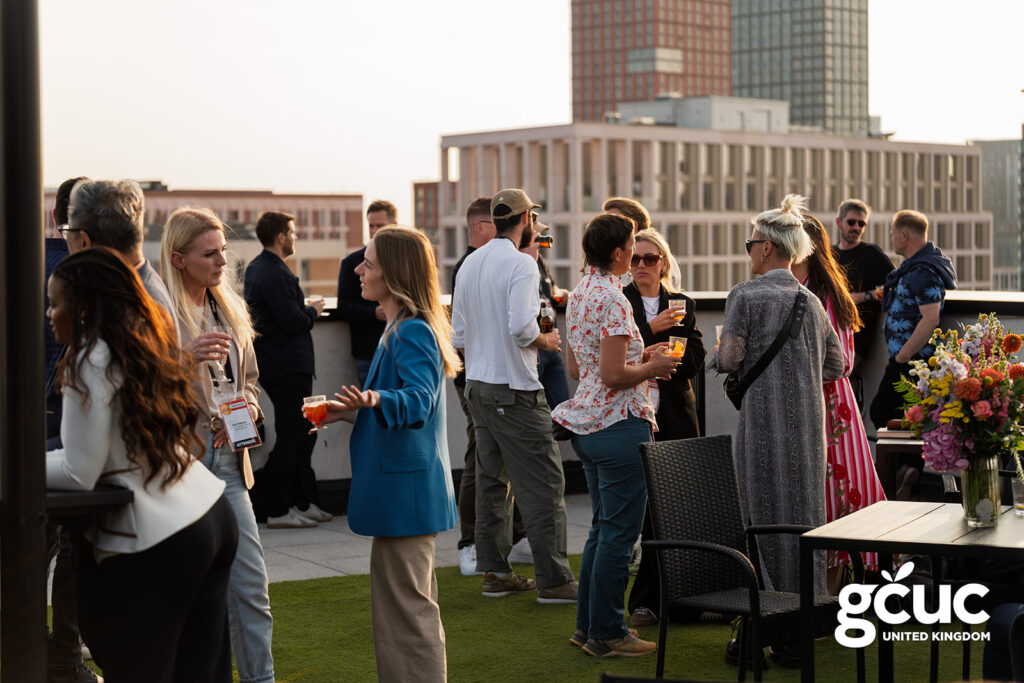
The Anti-Trend Opportunity
As everything moves online and AI becomes more prevalent, there’s a counter-trend emerging: people craving authentic, in-person connections. For coworking operators, this is a massive opportunity.
“For every trend, there’s an anti-trend,” Jonathan noted. “When we see everything going online, one of the anti-trends to AI is going to be in-person authentication and networking.”
The Real Secret Sauce
After listening to these two share war stories and hard-won insights, one thing becomes crystal clear: successful community building isn’t about having the perfect strategy or the biggest budget. It’s about paying attention to what your members actually want (not what you think they want), creating genuine connections between people, and being intentional about the culture you’re building.
As Pauline put it: “We are not lone wolves. We love being surrounded by others.” The magic happens when you create spaces where that fundamental human need can flourish—and where people feel like they truly belong.
The best part? You don’t need to reinvent the wheel. Start with simple things like learning people’s names, facilitating introductions, and creating opportunities for genuine connection. The rest will follow.
Want to dive deeper into building exceptional coworking spaces?
Join us at GCUC UK London, 8 & 9 October at Convene.
Two days of panels, tours, and real conversations with the industry’s best.